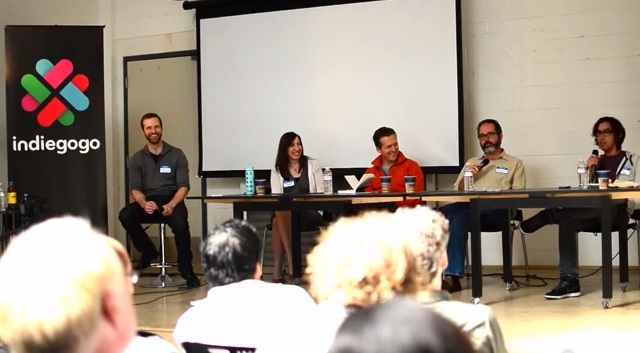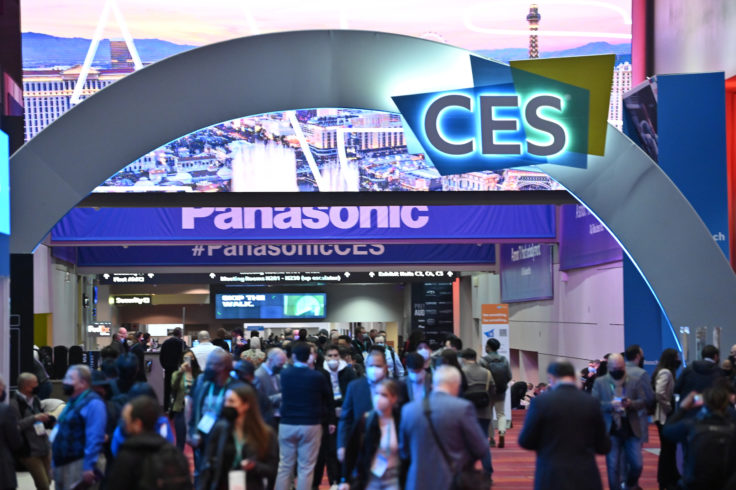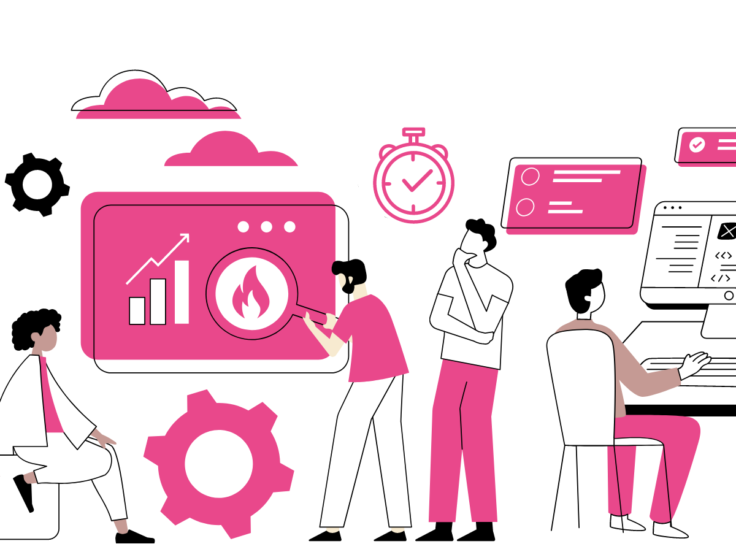Over the past few years, crowdfunding has offered companies and entrepreneurs an amazing opportunity to bring products to market in a new way. On Indiegogo, we’ve seen an explosion of innovative ideas, many of which would never have come to fruition otherwise. However, not everything has changed in the hardware world.
Manufacturing is still an arduous journey. It often takes established companies one to two years to bring a product to market — even with a dedicated team of experienced professionals. It’s no wonder, then, that small teams with fixed budgets and compressed timelines sometimes struggle after a successful crowdfunding campaign.
This is the challenge that Indiegogo’s Hardware Bootcamp looked to address: What makes manufacturing so difficult and how can you prepare for successful production? We brought together four leading experts in the Bay Area to answer these questions.
The event was put together by the Indiegogo Team and myself. Over the course of an entire day, we hosted 70 companies to learn about the do’s and don’ts of launching a hardware business through crowdfunding. We also provided a Hardware Handbook for the attendants. The panelists included:
- Eric Klein – partner at Lemnos Labs, formerly of Nokia, Palm, and Apple
- Dave Merrill – CEO and founder of Sifteo
- Robert Evans – VP of manufacturing at Flip Video
- Brad Leong – founder of the Oona, the Brydge, and the Readycase
- Adam Ellsworth (moderator) – Indiegogo Hardware Mentor in Residence
We split the conversation into three sections, ranging from pre-campaign preparation, post-campaign execution, and building a business beyond fulfillment.
Prototyping
Every great product has started at the humble beginnings of a prototype. The first step is to simply prove that your idea is viable, but beyond that there will be many iterations before you’re ready to manufacture. These iterations are all about mitigating risk, thus proving to yourself and others that you can deliver on your promises. Later prototypes should be designed specifically with manufacturing in mind. In this way, you can more smoothly transition from building a few units at home to manufacturing thousands on an assembly line.
US vs. Overseas Manufacturing
Many young hardware startups struggled to decide whether to manufacture in the United States or abroad, balancing potentially lower fixed and per unit costs while keeping in mind the logistics of travel. While manufacturing abroad requires frequent (and costly) travel, US manufacturers are not always suited for large volumes, and custom parts can be very expensive.
Setting a price Many first time hardware entrepreneurs look over their costs per unit and think if they charge 20%-30% on top, they’ll be fine. This is a recipe for disaster. Unexpected costs inevitably add up, and if you ever want to sell in bulk, wholesalers will demand up to a 50% price cut from the retail price. A much safer bet is to multiply your costs by 3-5 times to set your price. You can even go higher if you can prove the market has high demand for your product.
Poor pricing can also harm your customers. There’s nothing worse than running out of money before you’ve fulfilled to your funders. It’s a huge disappointment to your biggest supporters, and can be incredibly demoralizing to put in all that work with nothing to show for it. So make sure you’re charging enough for your product! You’ll thank yourself later.
Manufacturing Crowdfunding a product adds some challenging factors into the mix. You’ve publicly announced your delivery date to the world, often before finalizing your designs or manufacturing partner, and you’re likely working on a tight budget that would make VC-funded companies cringe. The best thing you can do is get everything set up ahead of the campaign. Fix your designs, decide on your manufacturer, and get your timelines and quotes set up ahead of time.
Fulfillment
Once you’ve completed your manufacturing, you’ll need to get your product to your contributors. The method likely depends on the number of orders you’re shipping. Fulfillment houses are happy to help take the burden off your hands, but they’ll charge a premium for it. You can also consider fulfilling yourself or renting a warehouse and hiring a small team. Services like Stamps.com or Endicia make it pretty simple. As you move forward, you’ll want to figure out a sustainable approach, so that you’re spending your time building a business instead of printing shipping labels.
Product vs. Business
Don’t be fooled: When you see a campaign raise hundreds of thousands of dollars, the founders aren’t retiring to a beach in the Caribbean. Hardware costs a lot of money, and crowdfunding revenue will often only cover the first production run. Before you launch your campaign, ask yourself: “Do I want to build a business?” If so, plan for the resources you’ll need. A sustainable business will likely require a larger team, a marketing budget, and capital to build up inventory. This means you need to have a plan of action, and may need to consider further investment following the campaign. If you simply have a passion to see your idea come to life or want to learn more about manufacturing without embarking on a multi-year journey, crowdfunding can be a fantastic approach. There are many campaigns that only aim to build a single product.
Indiegogo is Committed to Hardware
For more information about manufacturing, please download Indiegogo’s Hardware Handbook. If you have manufacturing or production question about your specific project, you can sign up for Hardware Mentor Office Hours. If you’d like to speak with a campaign specialist at Indiegogo about your hardware campaign, you can sign up for Hardware Campaign Strategy Office Hours. If you would like to be updated about future hardware resources released by Indiegogo, you can join our mailing list here.




You must be logged in to post a comment.